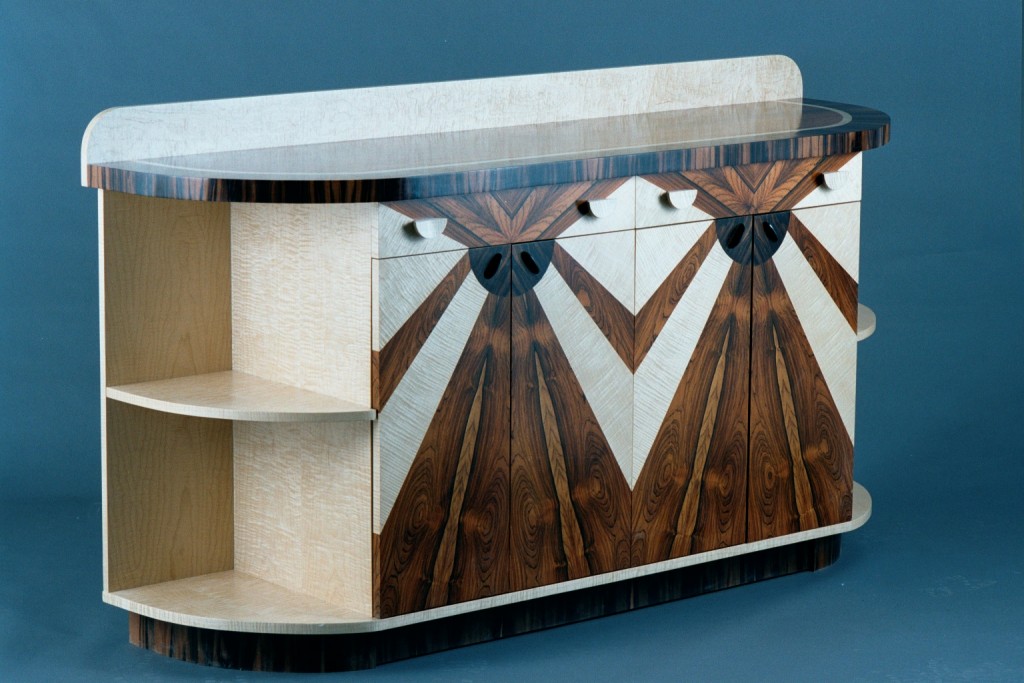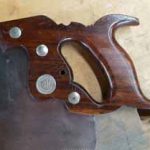We may receive a commission when you use our affiliate links. However, this does not impact our recommendations.
Have you ever wanted to make a table top or cabinet door using several types of woods with the grain flowing in different directions? After seeing the vision in your mind or on paper you soon realize that there might be two problems with construction of your beautiful design. Joining several types of woods with the grain going different directions would be very difficult to piece without leaving gaps and voids, not to mention the difficulties with clamping. The other problem would be due to seasonal changes in the wood. During the summer months there is more moisture in the air and wood expands and swells across the grain. In the winter months the moisture leaves the air, which causes the wood to shrink. Since this occurs across the grain, any area where the width of one piece of wood joins the length of another, expansion and contraction will break the joint apart. Also, different species of woods expand and shrink at different rates.
There is a way, however, to combine any number of woods in any pattern regardless of the direction of the grain. This technique, which dates back to the ancient Egyptians, is known as veneering. If wood is cut thin enough and glued down to a stable substrate, it will not move in any direction. There is also an added bonus to veneering. When the sheets are cut they are sliced with a knife, leaving no waste and kept in a sequential stack known as flitch. When the sheets are unstacked and laid out side-by-side, the grain pattern of each sheet closely matches the next, which allows the creation of many matching patterns. This technique allows limitless possibilities for matching similar and contrasting woods for many types of projects.
In these days of limited resources, many of the best logs get sent to the veneer mill where they cover much more surface area with a better return to the sawmill and at a lower to cost to you. Veneer has also been used or abused to make some of the cheapest products, but in the right hands veneers have been used to create some of the finest furniture pieces ever made.
Best of all, it doesn’t take a lot of tools or high level of skill to get started with veneering. With a few new hand tools and the clamps already in your shop you can create many types of projects right away.
Learn how to cut, join and apply veneer in Jonathan Benson’s Popular Woodworking University Class, Veneering- Start to Finish.
Here are some supplies and tools we find essential in our everyday work around the shop. We may receive a commission from sales referred by our links; however, we have carefully selected these products for their usefulness and quality.








